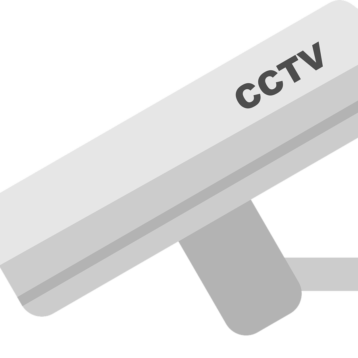
Data is one of the most important and valuable commodities that any business can own. The importance of data in the modern business landscape is increasing on a daily basis and more activities and processes than ever before rely on data to function correctly. All of these factors have contributed to making data a powerful tool, but the full potential of data can only be unlocked when it is used correctly. In this post, we will be taking a closer look at how businesses can use data labelling to extract the maximum value from data.
What is Data Labelling?
Simply put, data labelling is the process of adding information (labels) to data so that the data can be identified and processed by computer systems. Data that has been labelled can be used by machine learning algorithms to accurately identify similar data in the future. Machine learning and artificial intelligence rely on data labelling to perform advanced functions, and in turn, modern business processes rely on AI to function.
How is Data Labelling done?
There are a few different methods that can be used to label data. In this post, we will only provide a short summary of some of the more well-known methods, including:
- In-house Labelling: This approach makes use of a company’s internal resources to label data.
- Synthetic Labelling: This approach delivers high-quality results but requires extensive computing power.
- Programmatic Labelling: This approach relies on automated scripts to label data but can be prone to errors and still requires human intervention
- Crowdsourcing: This approach relies on using a large group of people to perform data labelling
- Outsourcing: With this approach, data is sent to data labelling specialists to be analysed and labelled
Each of these methods has its own pros and cons and there is no one size fits all method when it comes to data labelling. For this reason, it is important to take all the parameters that are unique to your organisation into account before embarking on a data labelling project. Since data labelling often forms the foundation for AI and machine learning processes, making the wrong choice when it comes to data labelling methods can have costly consequences.
Which Benefits does Data Labelling Offer?
Data labelling has many advantages, including:
- Improved Search Results: data labelling allows machine learning and AI-powered processes to improve themselves and deliver more accurate search results.
- Labelled Data Makes Better Training Data: Data is used to train algorithms and labelled data makes it possible to train machines with better data which ultimately results in better output results.
- Reduced Human Involvement: Accurately labelled data drastically reduces the need for human input, which reduces the overall cost of AI and machine learning-enabled technologies.
What Are the Typical Applications for Data Labelling?
Data labelling can be used in a vast number of applications but one of the fastest developing application areas is business process automation. Many business software solutions like CRM systems and accounting suites are powered by artificial intelligence. Labelled data can be used to train machines to automatically identify documents, e-mails and other business communications and take appropriate action when needed.
High-quality labelled data can make it possible for machines to make accurate decisions and reduce the need for human involvement in many processes. This in turn makes it possible for employees to focus on other tasks where their skills are more needed and reduces the business’s overall running costs.
However, business is not the only field in which data labelling excels. Data labelling can also be used to train machines that are used to identify people and objects. For example, data labelling can be used to teach a machine what a car registration or number plate looks like so that the AI system can identify cars as they enter or leave a building. This same technology can also be used in traffic to identify vehicles that speed or run red lights in order to issue the drivers of the vehicles with a fine.
Since these processes are fully automated, there is less risk of human error. At the same time, security systems are improved because less human involvement is required to make decisions and record information. The possibilities of labelled data are virtually endless and as such, data labelling is a great investment for any business.
How to Start with Data Labelling in your Business
Data labelling is an asset in any business, irrespective of the size or field of operation. However, it is important to make the right decisions when starting off on a data labelling project because any errors will be carried over into dependent systems. The methods that we have mentioned earlier in this post can be used in almost any business but in many cases, it is a good idea to call in the help of a data labelling specialist before embarking on your project.
In Conclusion
Data labelling is an important concept that extends into a great many aspects of modern life. Data labelling is present in business automation systems, smart home systems and even traffic management systems and it, therefore, makes sense to invest in data labelling and futureproof your business.










